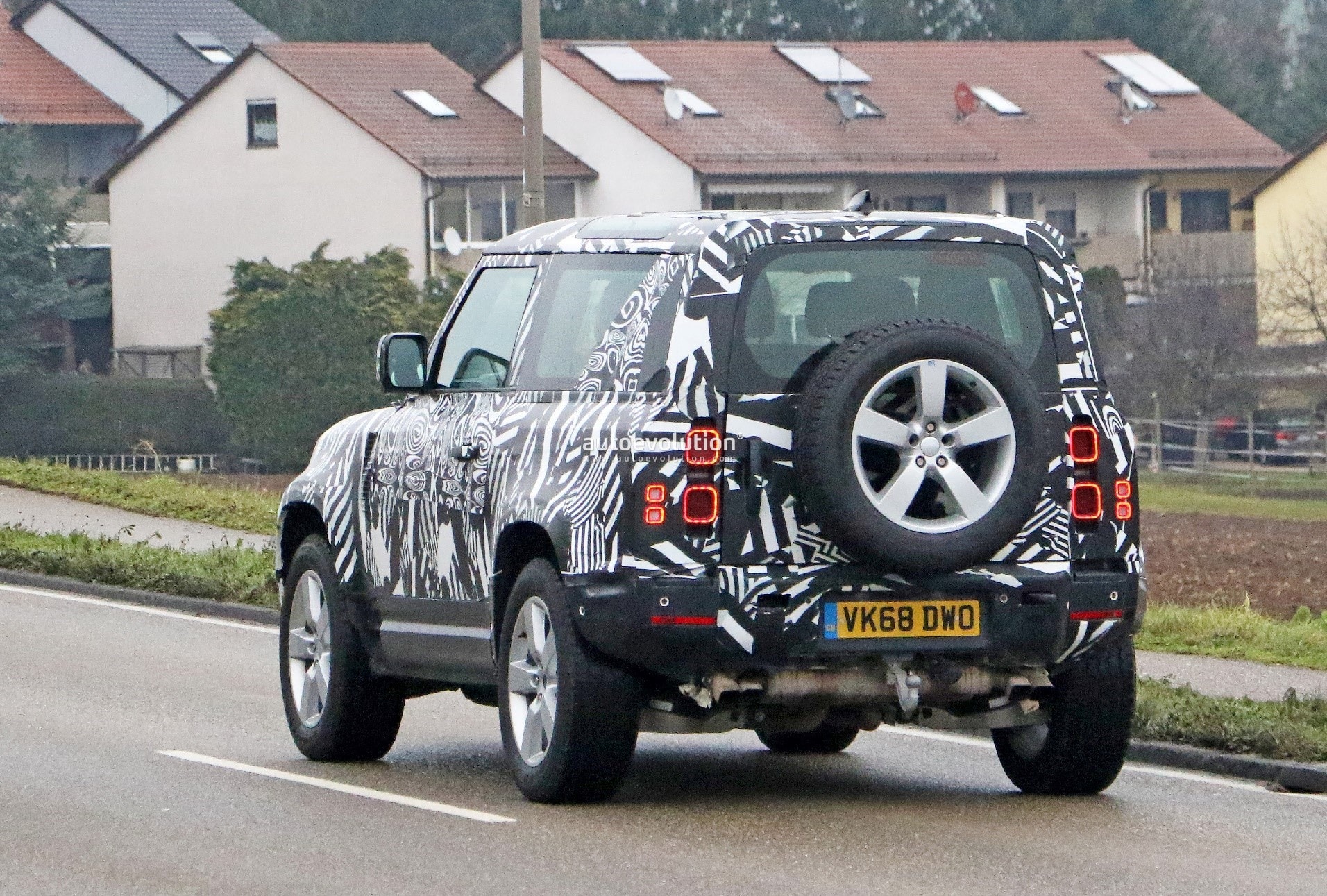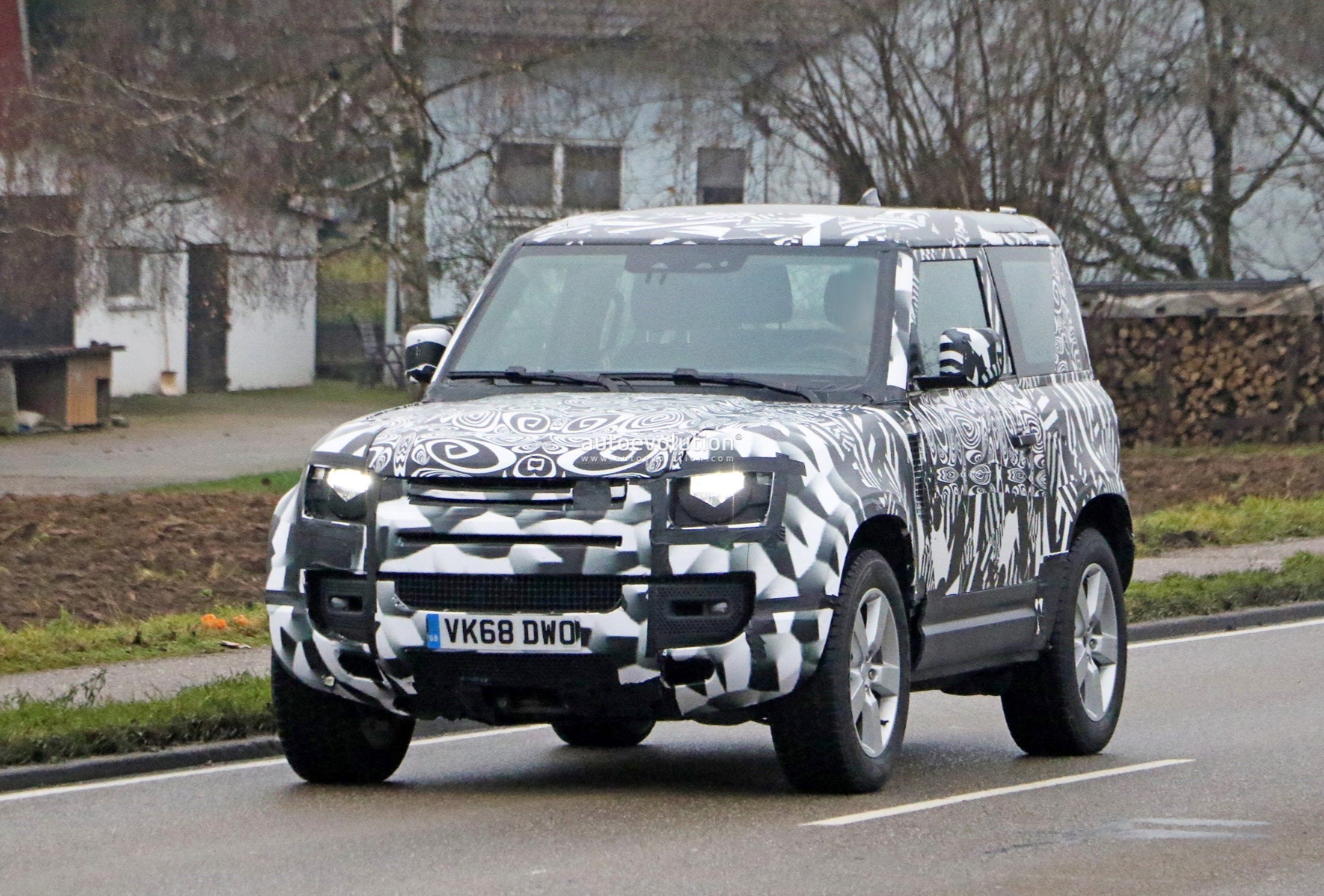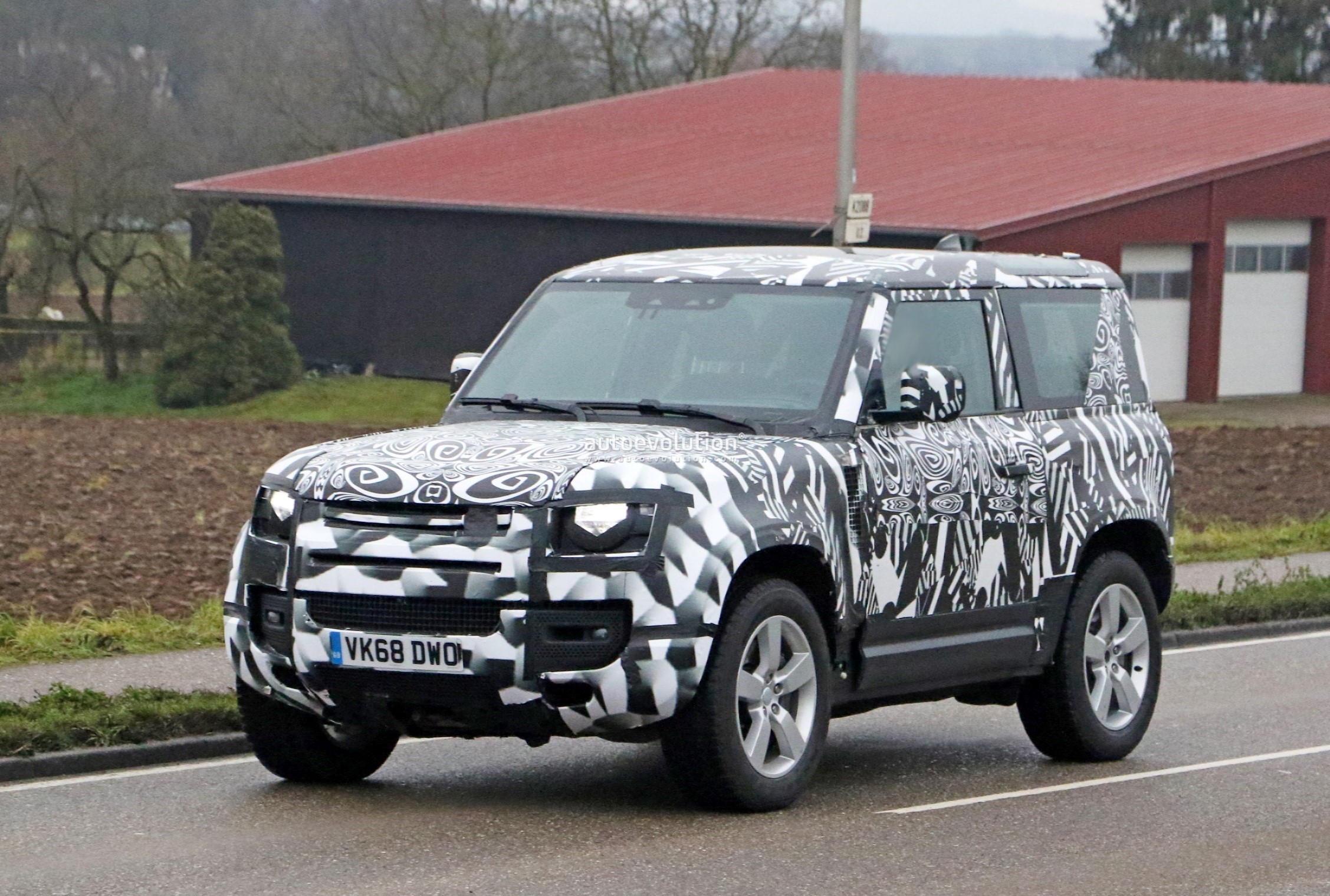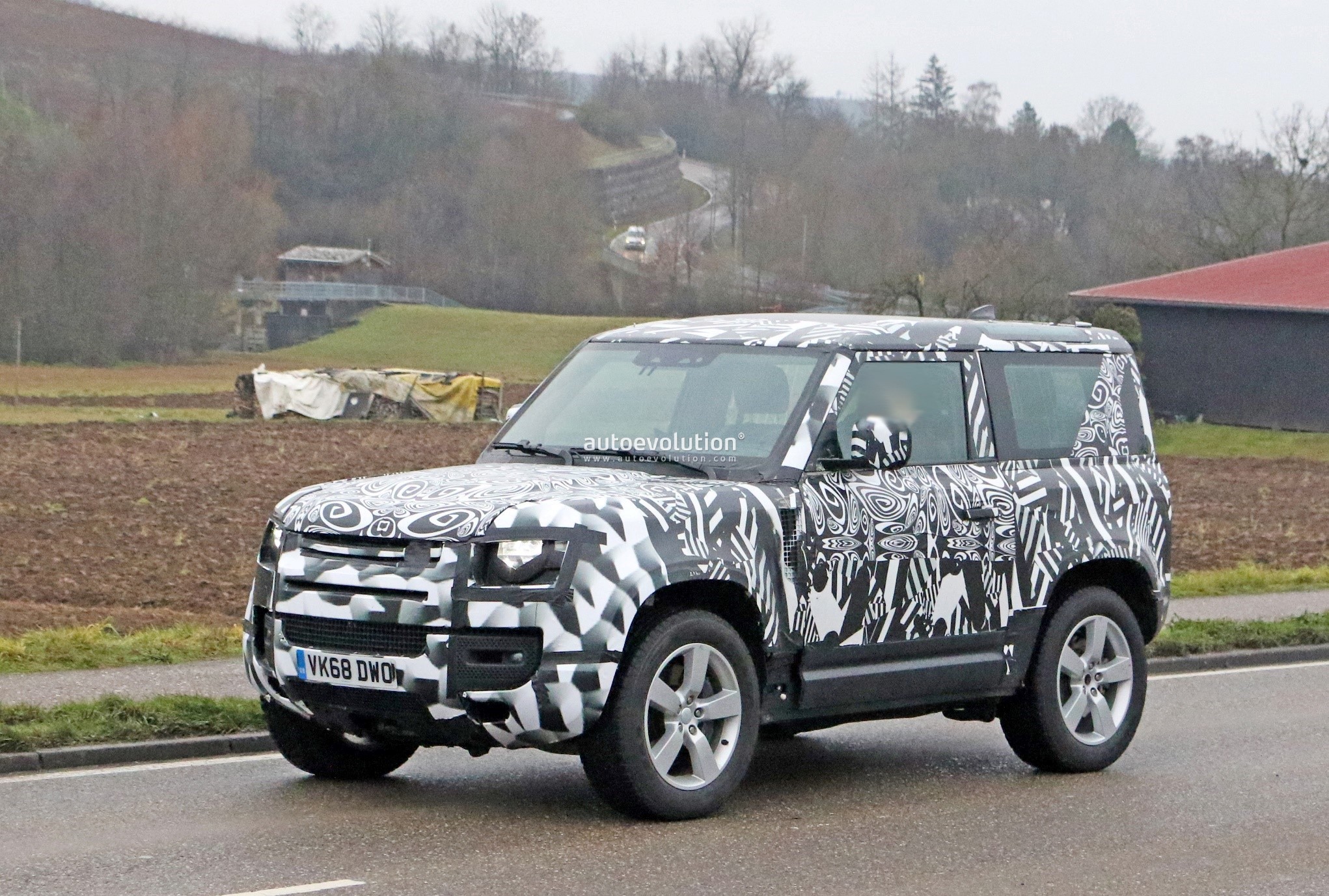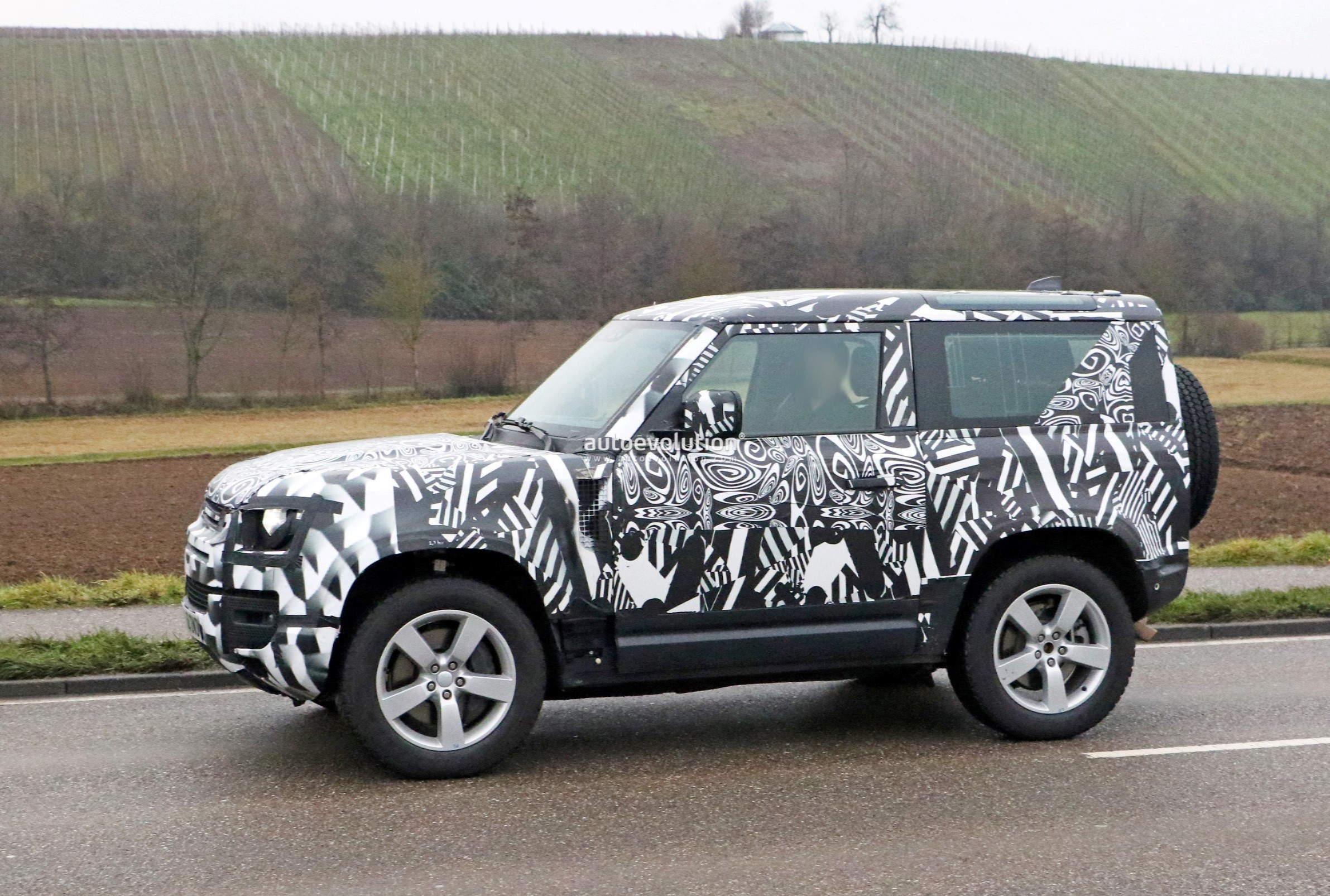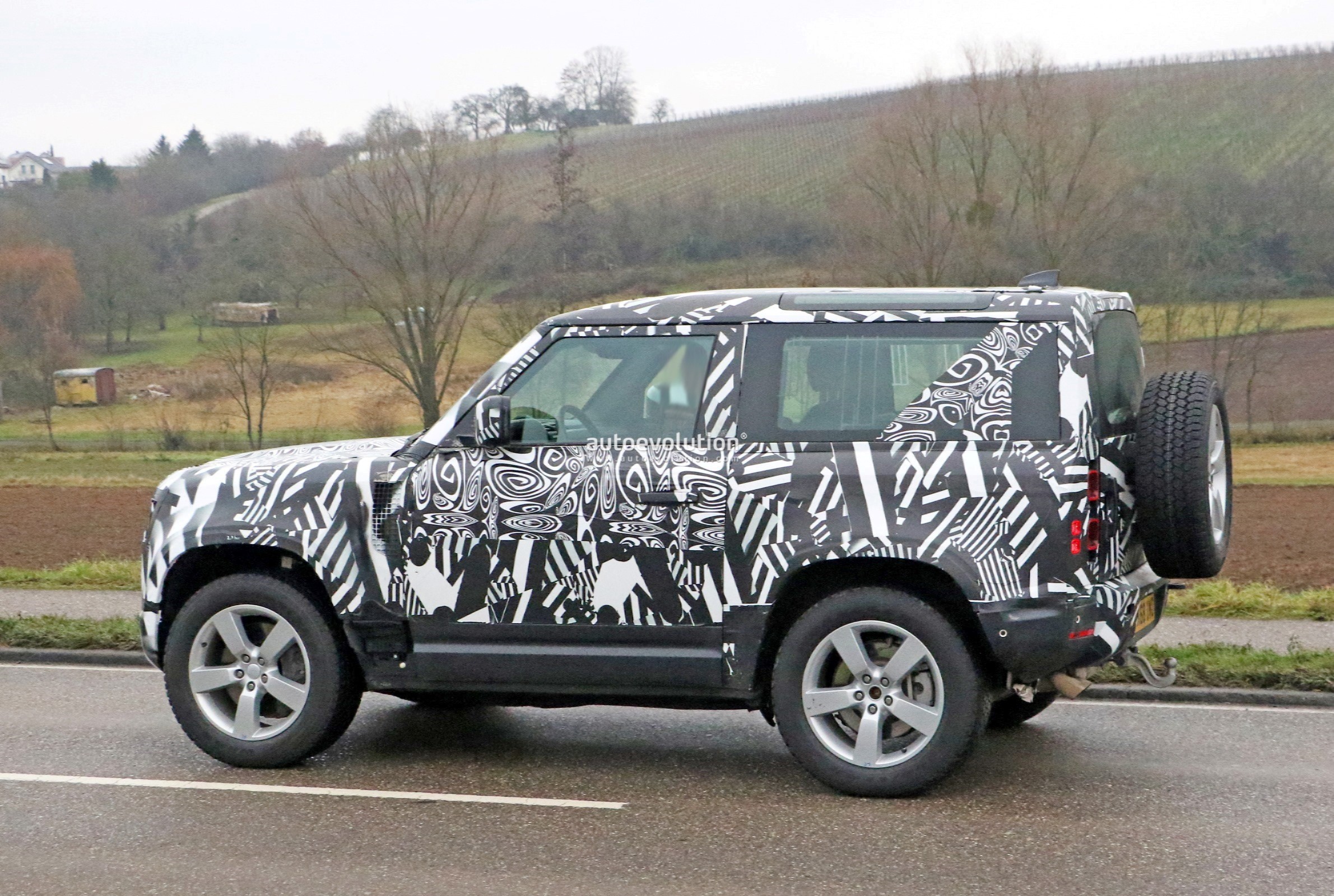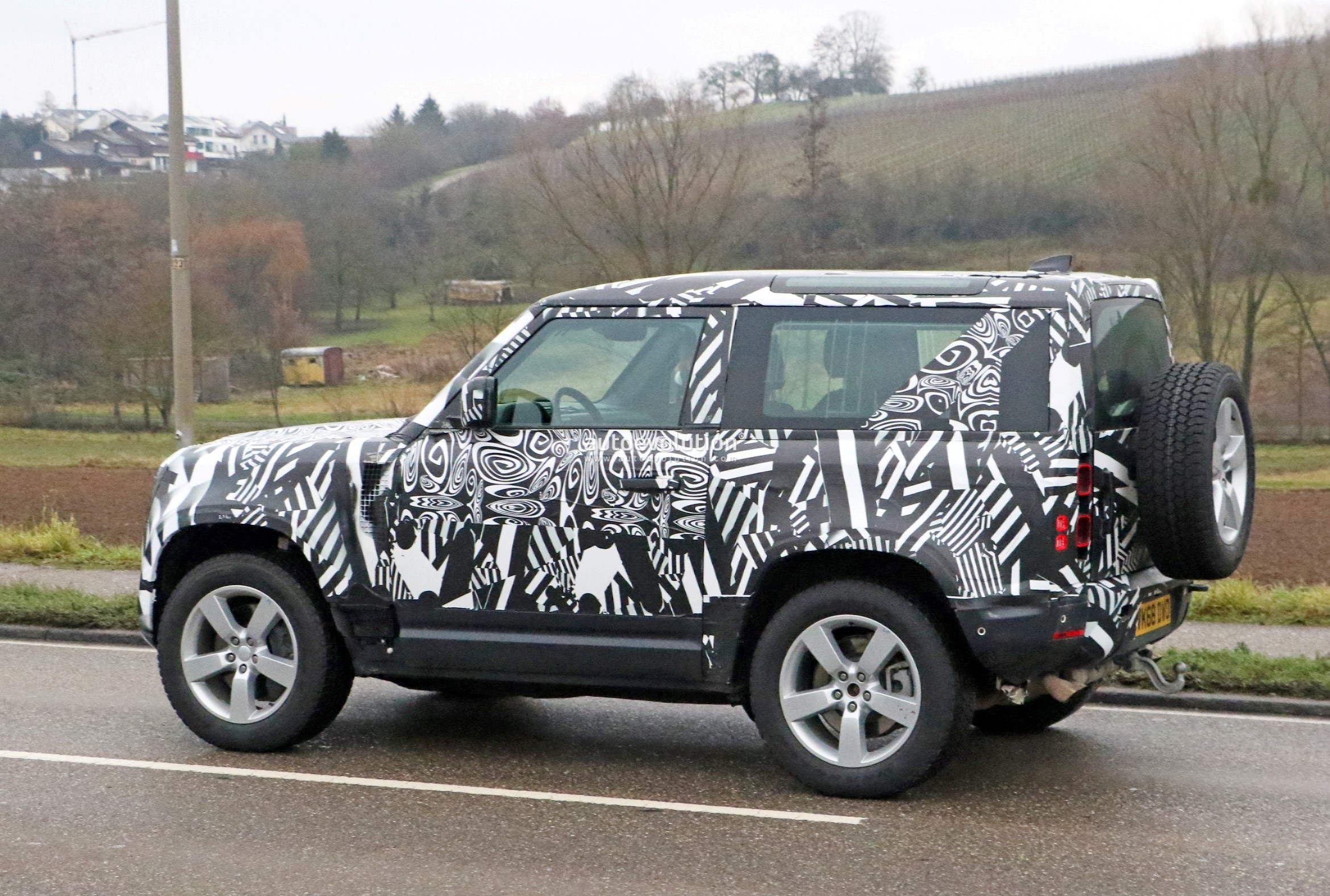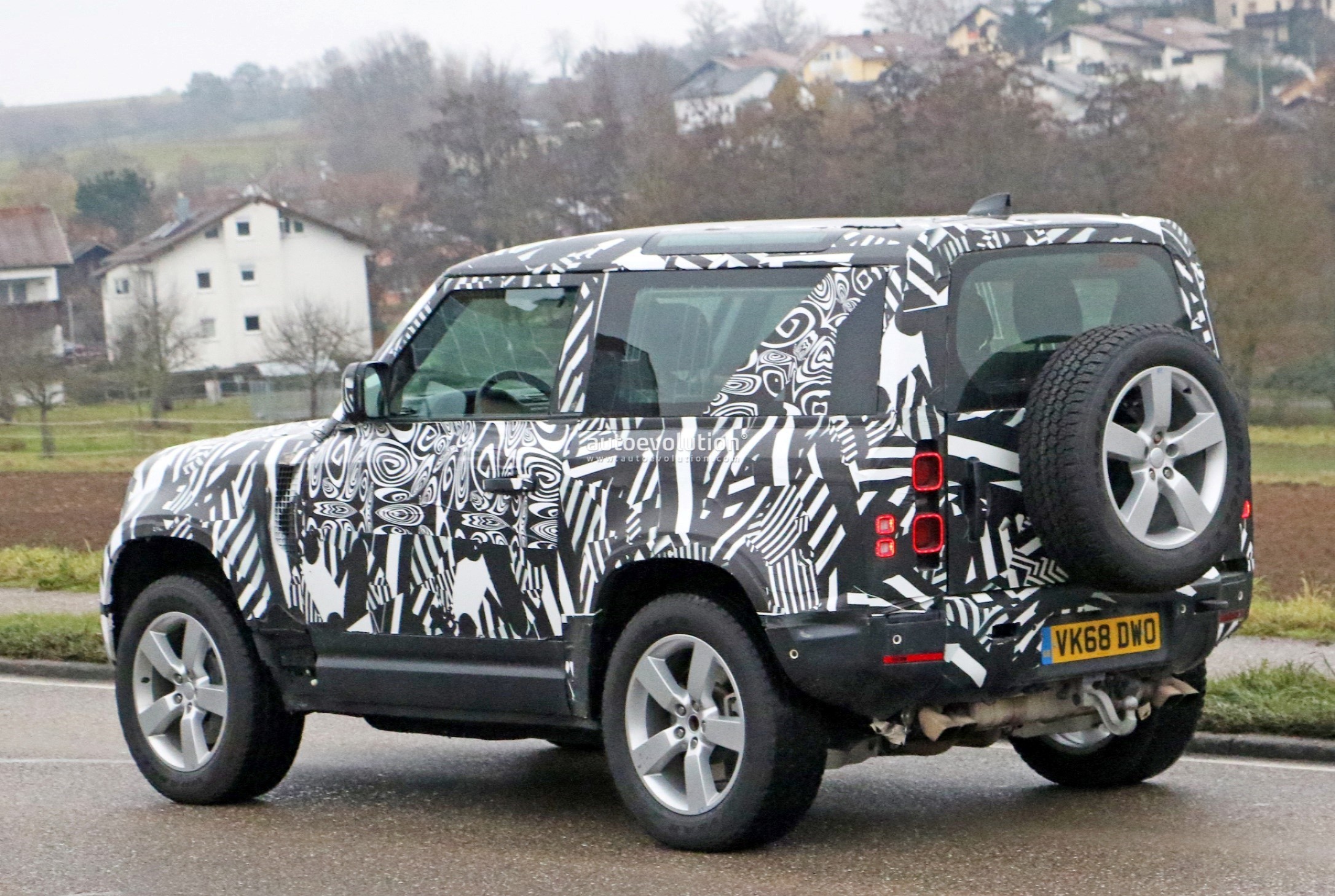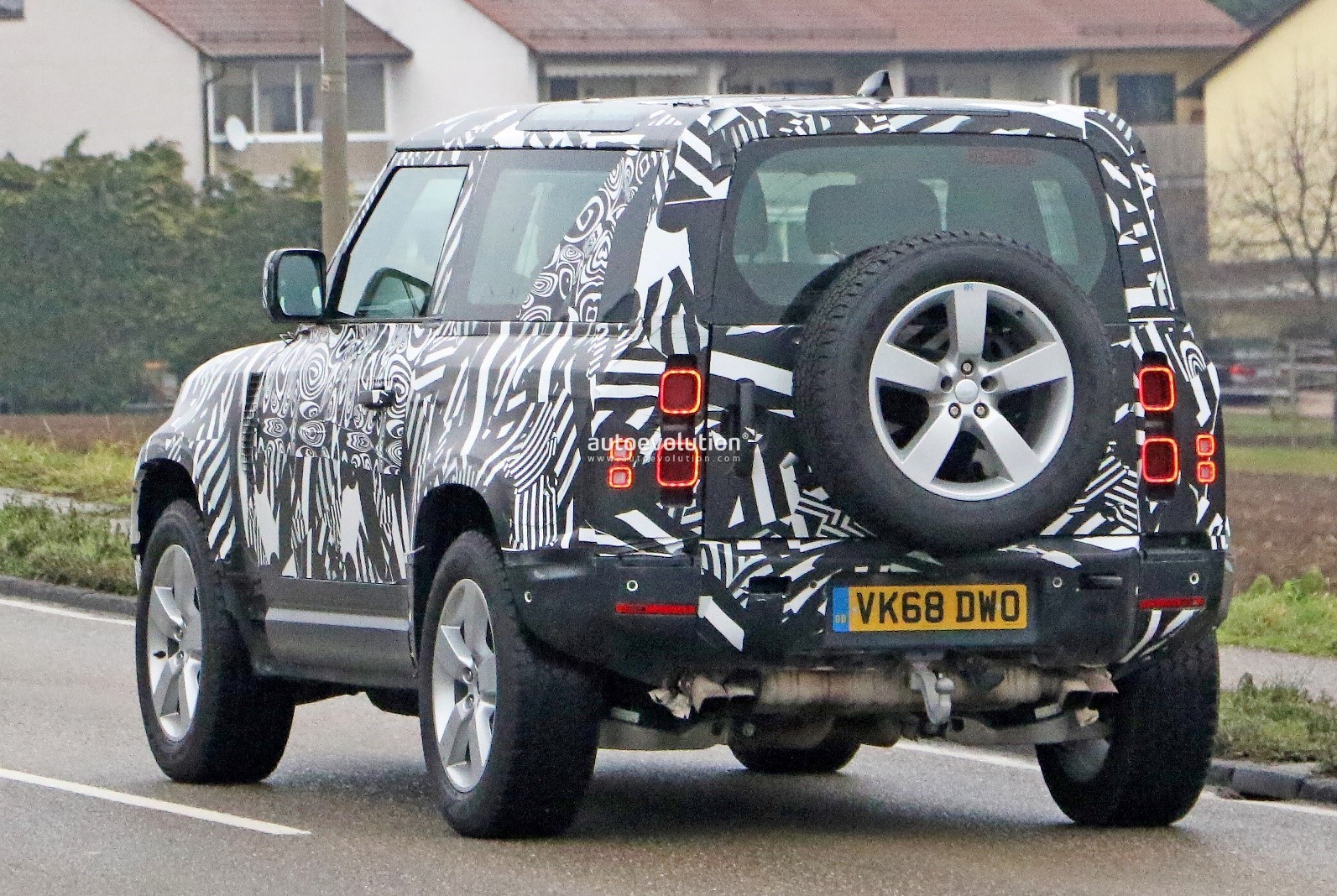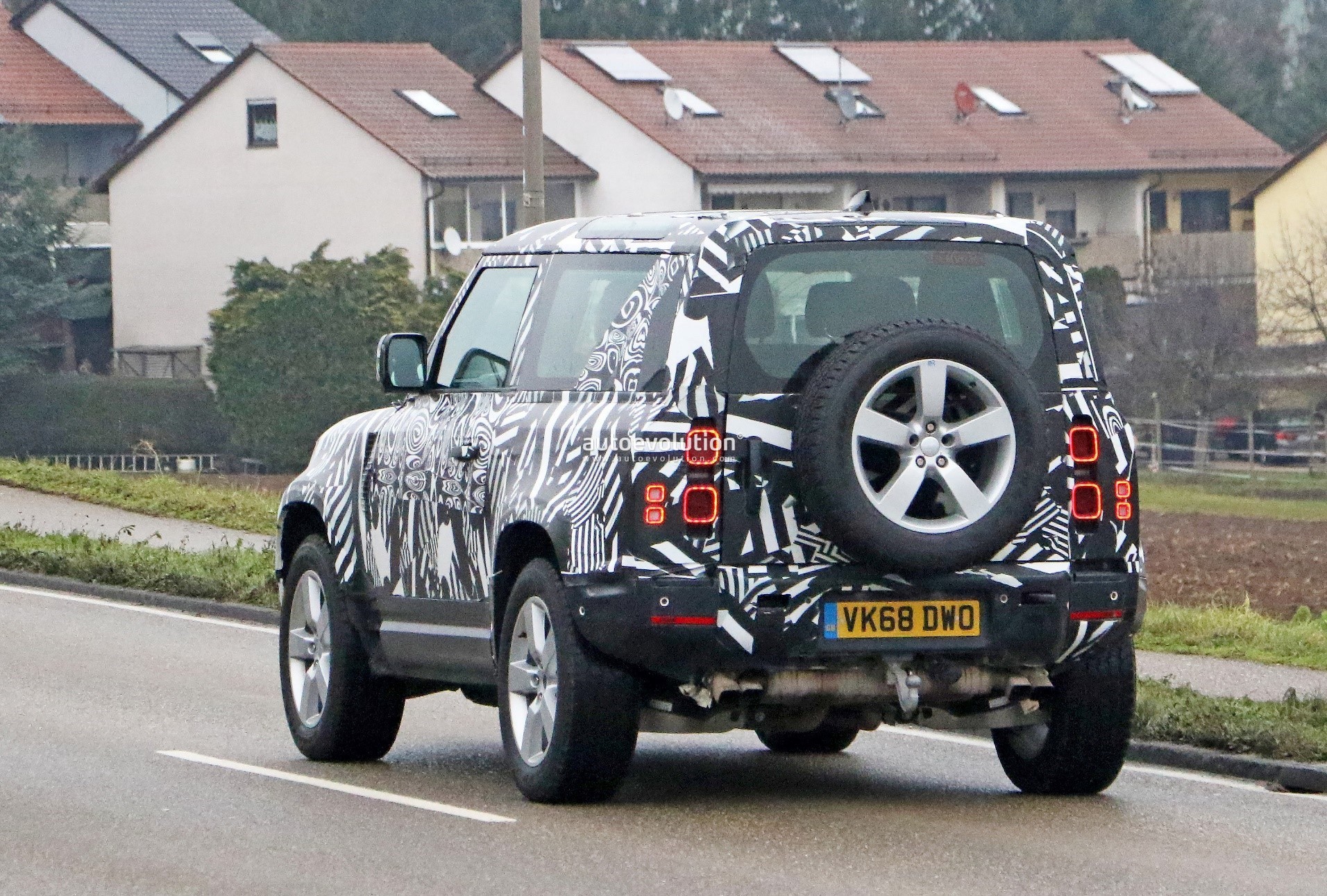La gente estaba comparando el Land Rover Defender completamente nuevo con el Jeep Wrangler incluso antes de que el modelo llegara al mercado. Estaban poniendo sus números al lado de los del Jeep y, sorprendentemente, esto en el papel de cabeza a cabeza favorecía principalmente al todoterreno británico.
Land Rover Defender se enfrenta a Wrangler y 4Runner dentro y fuera de la carretera
Sin embargo, es lo que sucede en la carretera, o fuera de ella, en este caso, lo que realmente importa, porque todos sabemos que los números se pueden inflar para que el vehículo parezca más atractivo para el comprador cauteloso con las estadísticas.
Sin embargo, cuando se trata de estos dos, rara vez verá a los propietarios cambiar de uno a otro; en todo caso, si pueden pagarlo, pueden comprar ambos solo para probar con qué tiene que jugar el otro equipo.
Las opciones del mercado estadounidense para alguien que busque un todoterreno capaz son bastante limitadas, lo que significa que los entusiastas deberían estar felices de recibir la incorporación del nuevo
Defender... Claro, es caro y solo un toque demasiado lujoso para una construcción trepadora de rocas, sin mencionar que también es un poco demasiado complejo. Sin embargo, para un todoterreno que también puede aceptar el serio desafío ocasional, no se le ocurre una mejor opción.
Dado que las comparaciones de dos vías nunca son tan buenas como las de tres, los chicos de Edmunds también trajeron un Toyota 4Runner TRD Pro para unirse al Land Rover Defender 2020 y al
Jeep Wrangler Rubicon.
El todoterreno japonés es una presencia constante en todos los senderos del país, pero estas cosas suelen incluir toneladas de modificaciones. La versión TRD Pro también se ha mejorado un poco en comparación con una normal, sin mencionar que también se ve bien.
Muy bien, eliminemos rápidamente la parte de la carretera: el nuevo Defender está muy por delante de todos. Es casi como si los otros dos no recibieran el memorando sobre el relanzamiento de 2020 y se sintieran complacientes pensando que competirían contra el viejo Defender. El hecho de que tengan neumáticos todoterreno más agresivos no ayuda, pero podría hacerlo durante la segunda etapa de la prueba.
Esa sería la gama todoterreno. Los tres comienzan con una prueba aparentemente simple: escalar una colina de aspecto benigno. No es demasiado empinado y la superficie no es terriblemente irregular. Sin embargo, está cubierto de arena fina, lo que significa que encontrar tracción iba a ser un problema.
Los tres contendientes suben a la cima, pero mientras que Jeep y
Land Rover lo hacen sin ninguna ayuda adicional de los sistemas de los vehículos, Toyota tiene que usar todo lo que está a su disposición para llegar allí. Claro, como siempre es el caso, debes cuestionar variables como los neumáticos y el conductor, pero está claro que la 4Runner era la menos capaz del grupo.
La próxima prueba parece ideada para resaltar la articulación suprema del Wrangler. Los vehículos trepan con una rueda un obstáculo de hormigón que se asemeja a un templo azteca en miniatura, revelando las limitaciones de su sistema de suspensión. Con la barra estabilizadora desconectada, el Wrangler pasa rápidamente, aunque los otros dos también logran escalarlo con facilidad.
La conclusión solo destaca lo que sospechábamos desde el principio: los tres vehículos son herramientas diferentes para diferentes necesidades. El
Toyota es un buen todoterreno, pero está envejeciendo y se nota. También necesita modding para llevarlo al mismo nivel que los otros dos.
Con ambos valores, el Jeep
Wrangler Rubicon es más adecuado para el rastreo de rocas que el Defender gracias a su sólido eje delantero y la capacidad de desconectar la barra estabilizadora. Por otra parte, tiene peores ángulos de ruptura y salida y una distancia al suelo más baja, por lo que no es una respuesta definitiva.
En cuanto al Defender, es, con mucho, el paquete más completo. Ofrece hasta siete asientos (o incluso ocho a partir de 2022), modales inigualables en la carretera, y el 99 por ciento de las personas podría preguntar desde su vehículo todoterreno. ¿Las únicas desventajas? El precio, obviamente, así como el hecho de que es bastante alto.
-------------------------------------
People were comparing the all-new Land Rover Defender to the Jeep Wrangler even before the model had come to market. They were putting its numbers next to the Jeep's and, somewhat surprisingly, this on paper head-to-head was mostly favoring the British off roader.
Land Rover Defender Squares Up Against Wrangler and 4Runner On- and Off-Road
It's what happens out on the road - or off it, in this case - that really matters, though, because we all know numbers can be inflated to make the vehicle seem more appealing to the stats-cautious buyer.
When it comes to these two, though, you will rarely see owners switching from one to another - if anything, if they can afford it, they might buy both just to get a taste of what the other team has to play with.
The U.S. market options for someone looking for a capable off-roader are pretty limited, which means enthusiasts should be happy to welcome the addition of the new
Defender.. Sure, it's expensive and just a touch too luxurious for a rock-crawling build, not to mention a bit too complex as well. For an all-rounder that can also take the occasional serious challenge, though, no better option comes to mind.
Since two-way comparisons are never as good as three-way ones, the guys at Edmunds also brought a Toyota 4Runner TRD Pro to join the 2020 Land Rover Defender and the
Jeep Wrangler Rubicon.
The Japanese off-roader is a constant presence on every trail in the country, but these things usually pack tons of modifications. The TRD Pro version is also beefed up a little compared to a regular one, not to mention it looks the part as well.
Alright, so let's get the on-road part quickly out of the way: the new Defender is miles ahead of everyone. It's almost as if the other two didn't get the memo about the 2020 relaunch and got complacent thinking they would compete against the old Defender. The fact they have more aggressive all-terrain tires doesn't help, but it might during the second stage of the test.
That would be the off-road range. The three start with a seemingly simple test: climbing a benign-looking hill. It's not too steep and the surface isn't hellishly uneven. It is, however, covered in fine sand, meaning finding traction was going to be a problem.
All three contenders climb to the top, but while the Jeep and
Land Rover do it without any additional help from the vehicles' systems, the Toyota has to use everything at its disposal to get there. Sure, as it's always the case you have to bring into question variables such as tires and driver, yet it's clear the 4Runner was the least capable of the bunch.
The next test seems devised to highlight the supreme articulation of the Wrangler. The vehicles climb with one wheel a concrete obstacle resembling a miniature Aztec temple, revealing the limitations of their suspension system. With the sway bar disconnected, the Wrangler breezes through, though the other two manage to climb it with ease as well.
The conclusion only highlights what we suspected from the start: the three vehicles are different tools for different needs. The
Toyota is a good all-rounder, but it's getting old and it shows. It also needs modding to bring it to the same level as the other two.
With both stock, the Jeep
Wrangler Rubicon is better suited for rock crawling than the Defender thanks to its solid front axle and the ability to disconnect the sway bar. Then again, it has worse break-over and departure angles and a lower ground clearance, so it's not a definitive answer.
As for the Defender, it is by far the most complete package. It offers up to seven seats (or even eight starting 2022), unparalleled on-road manners, and all 99 percent of people could ever ask from their vehicle off-road. The only downsides? The price, obviously, as well as the fact it's pretty damn heavy.


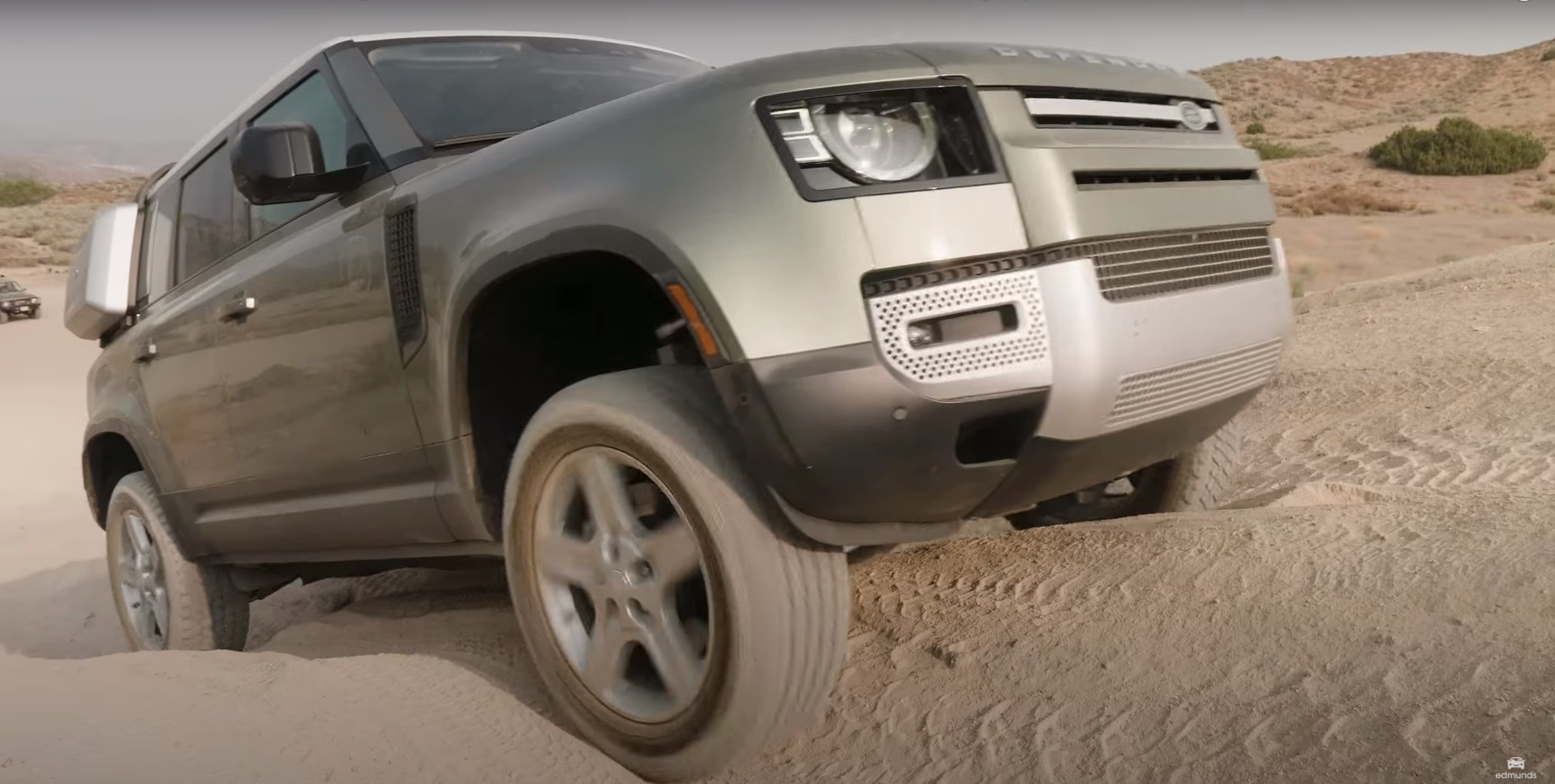
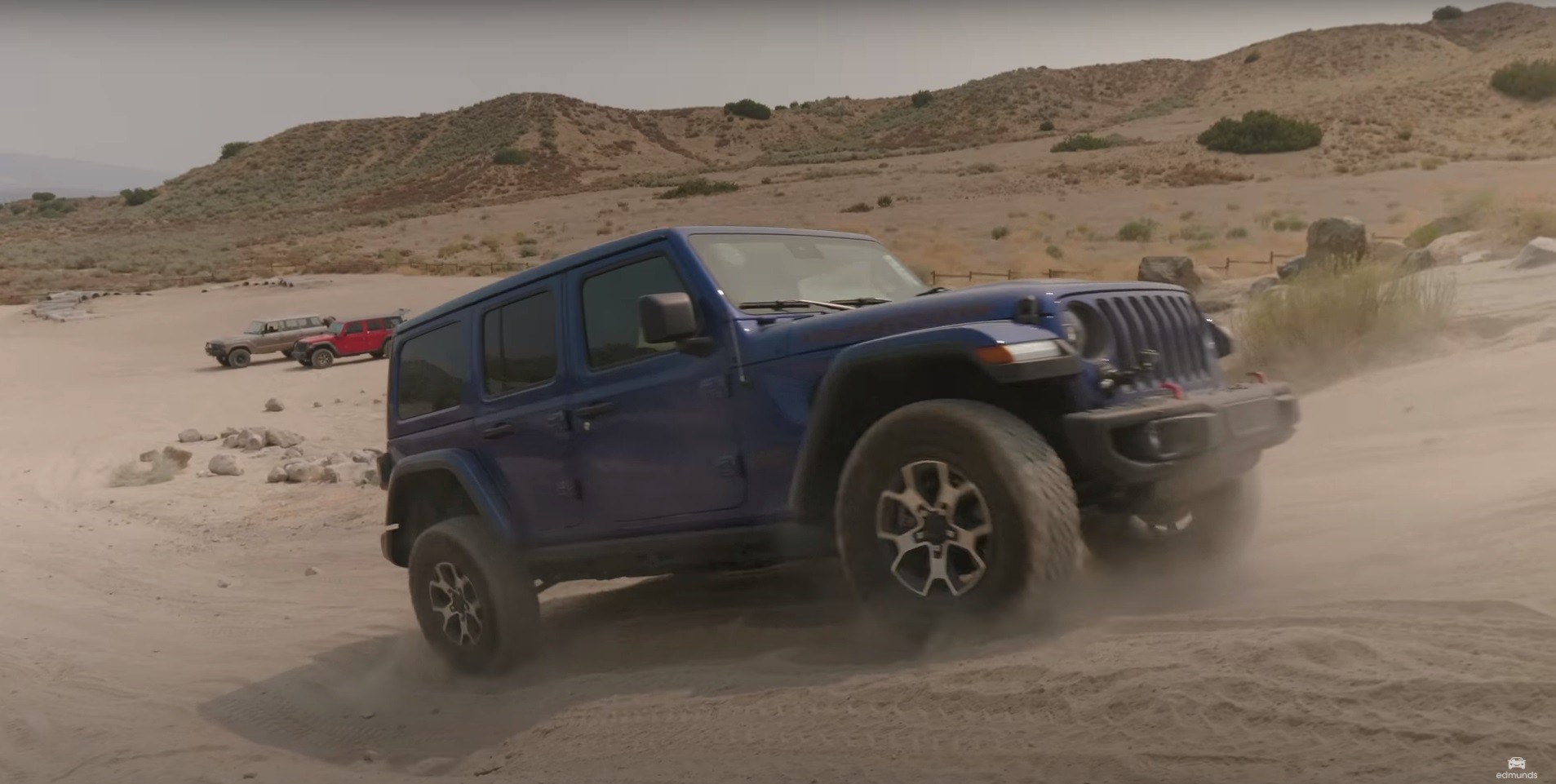
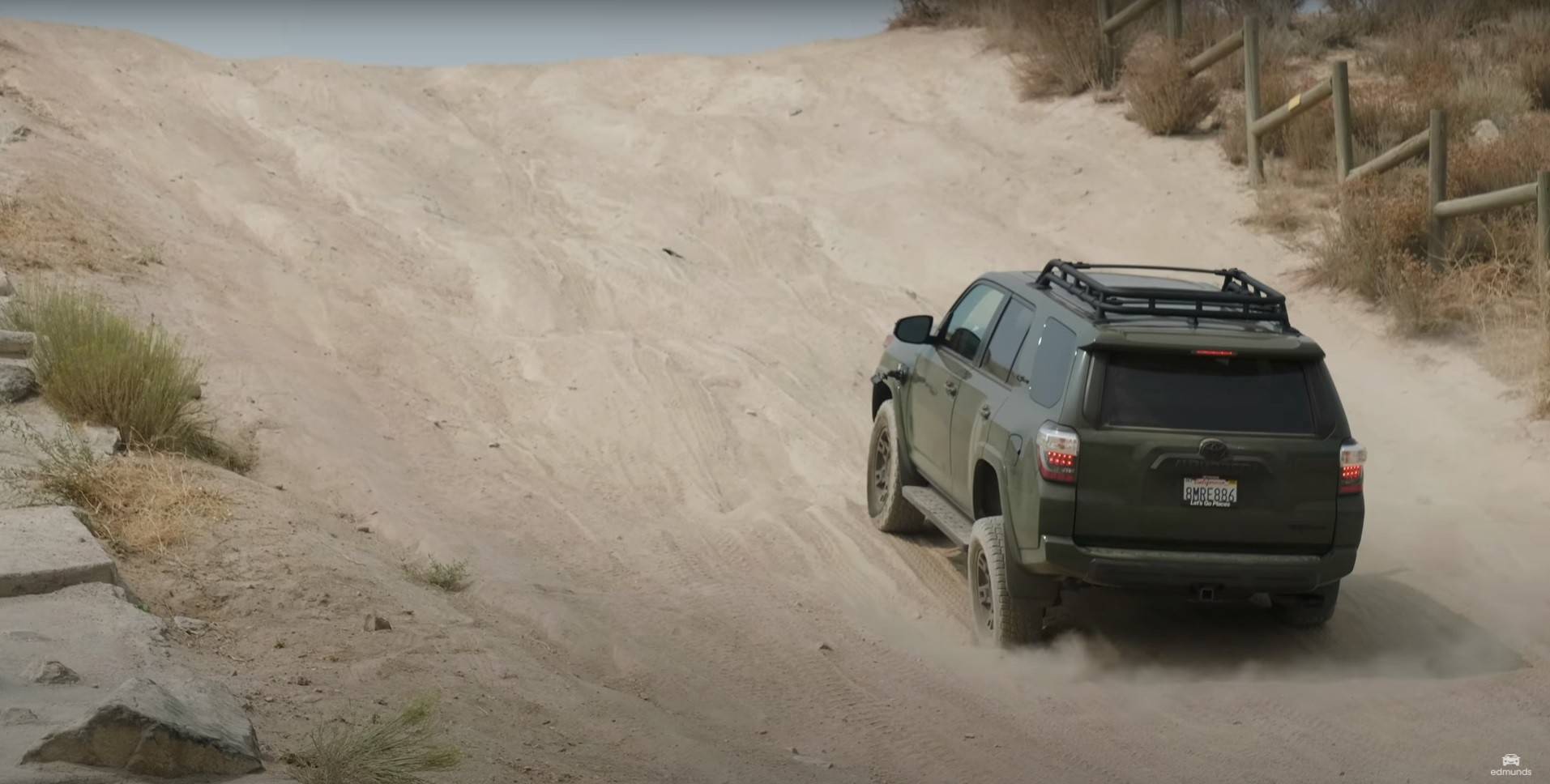
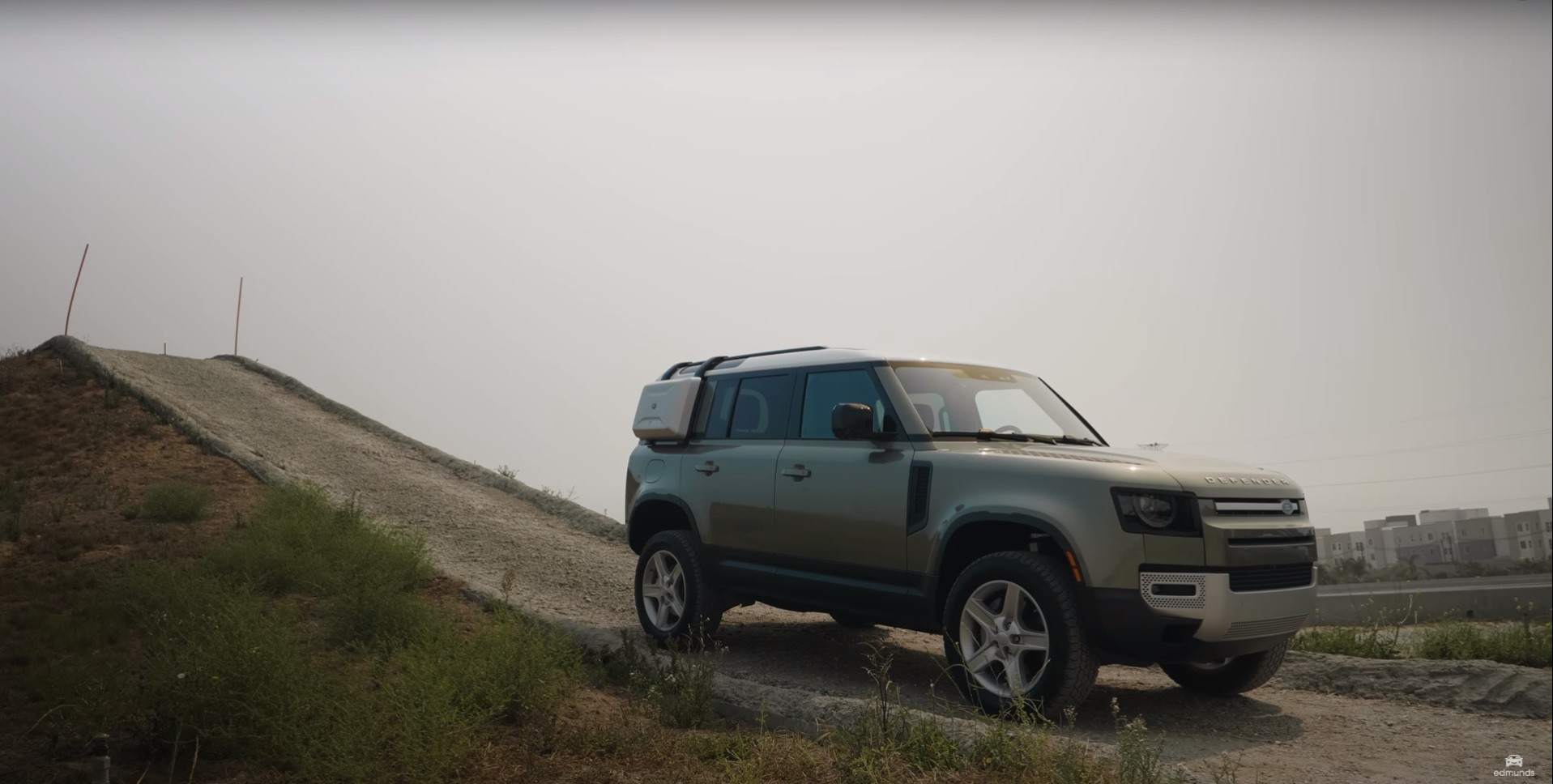
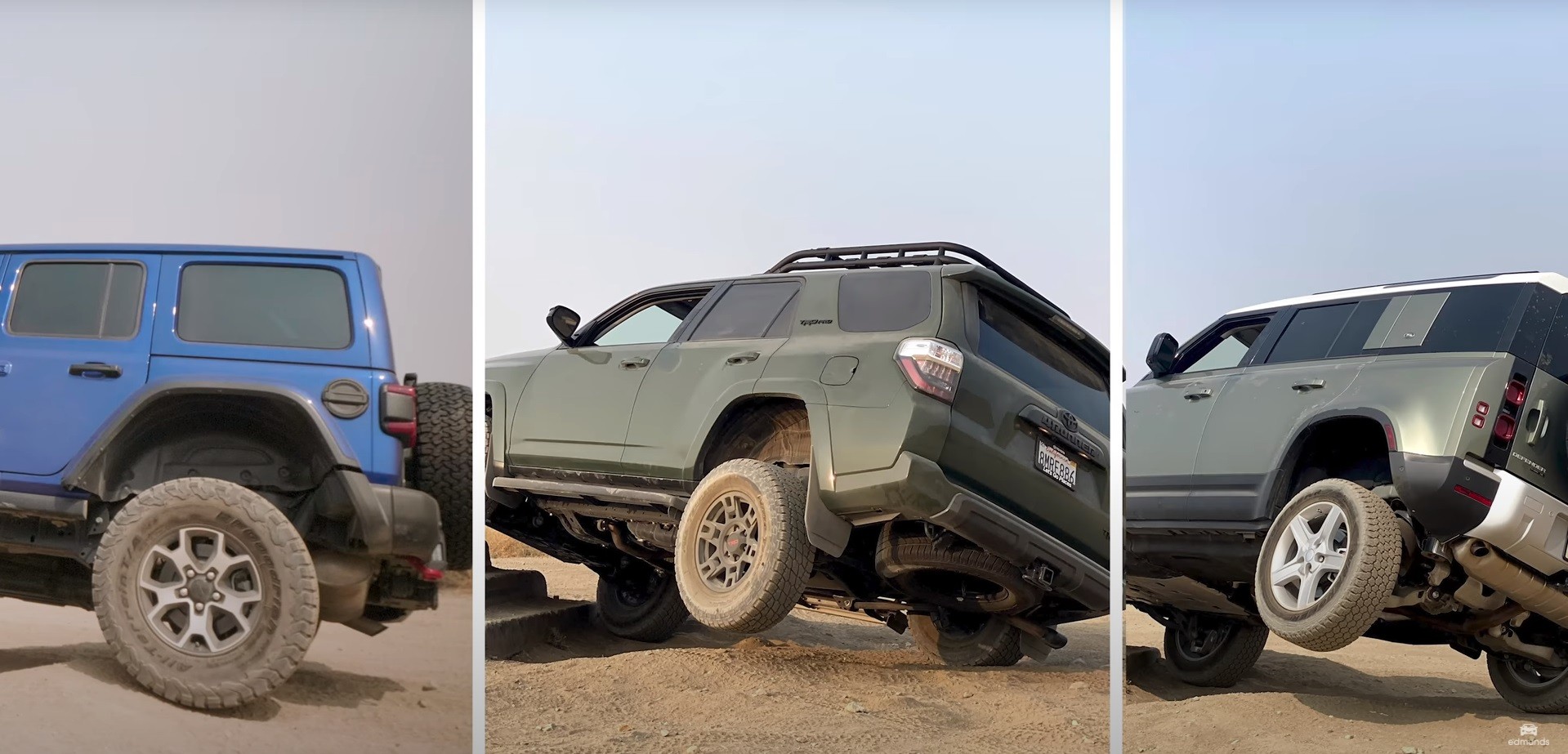
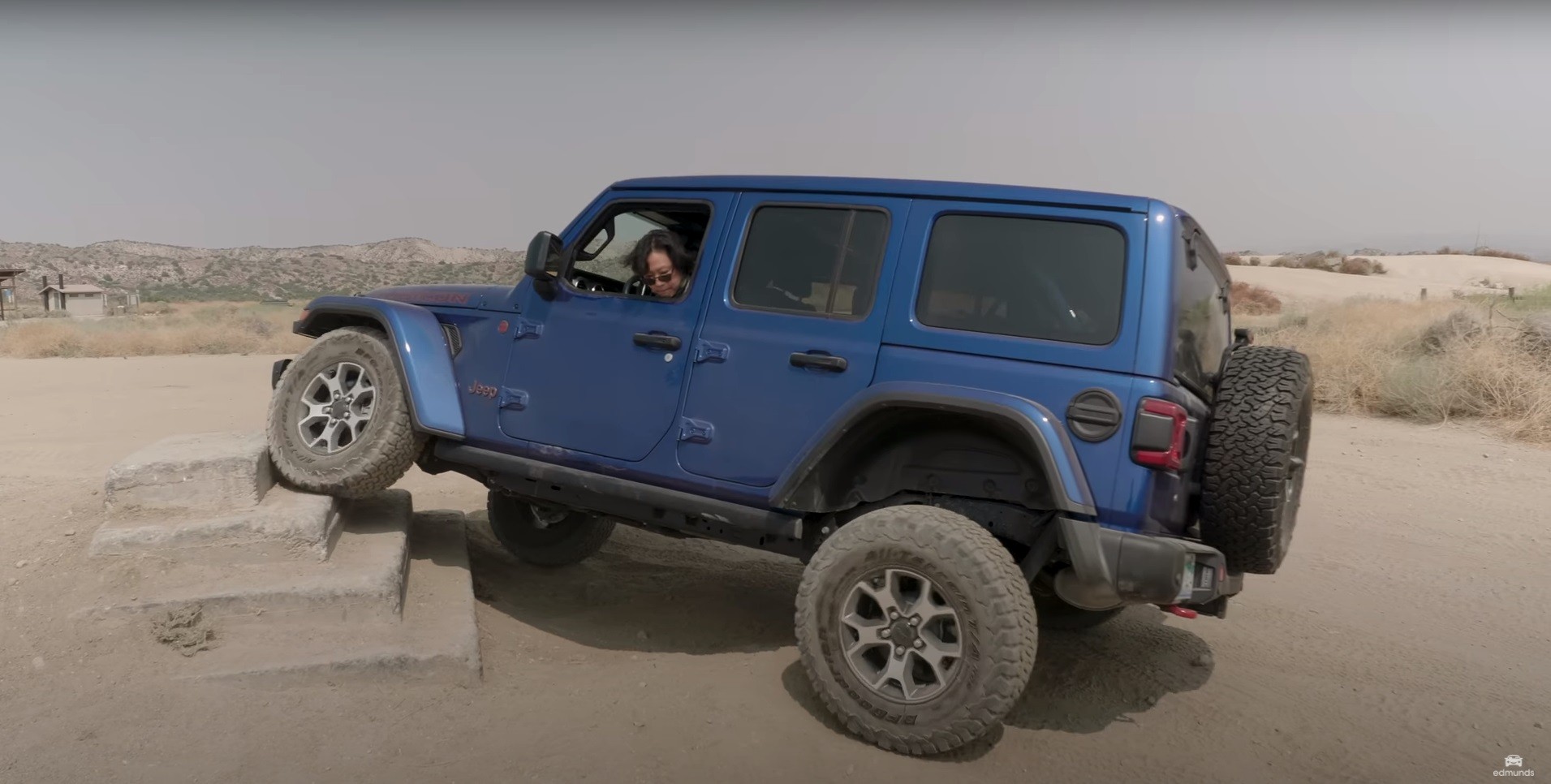
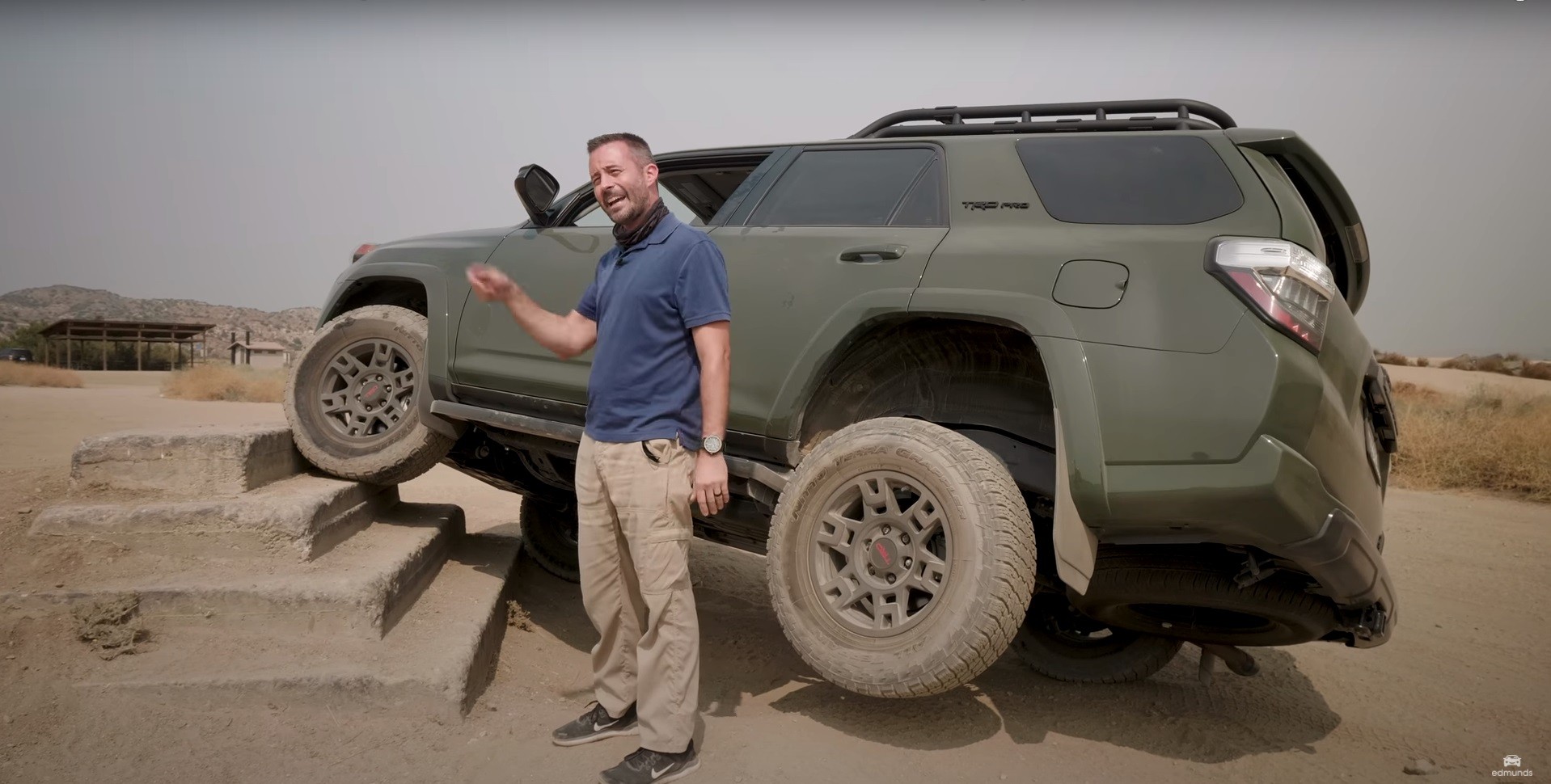
 ... o un G500 cabrio
... o un G500 cabrio 
